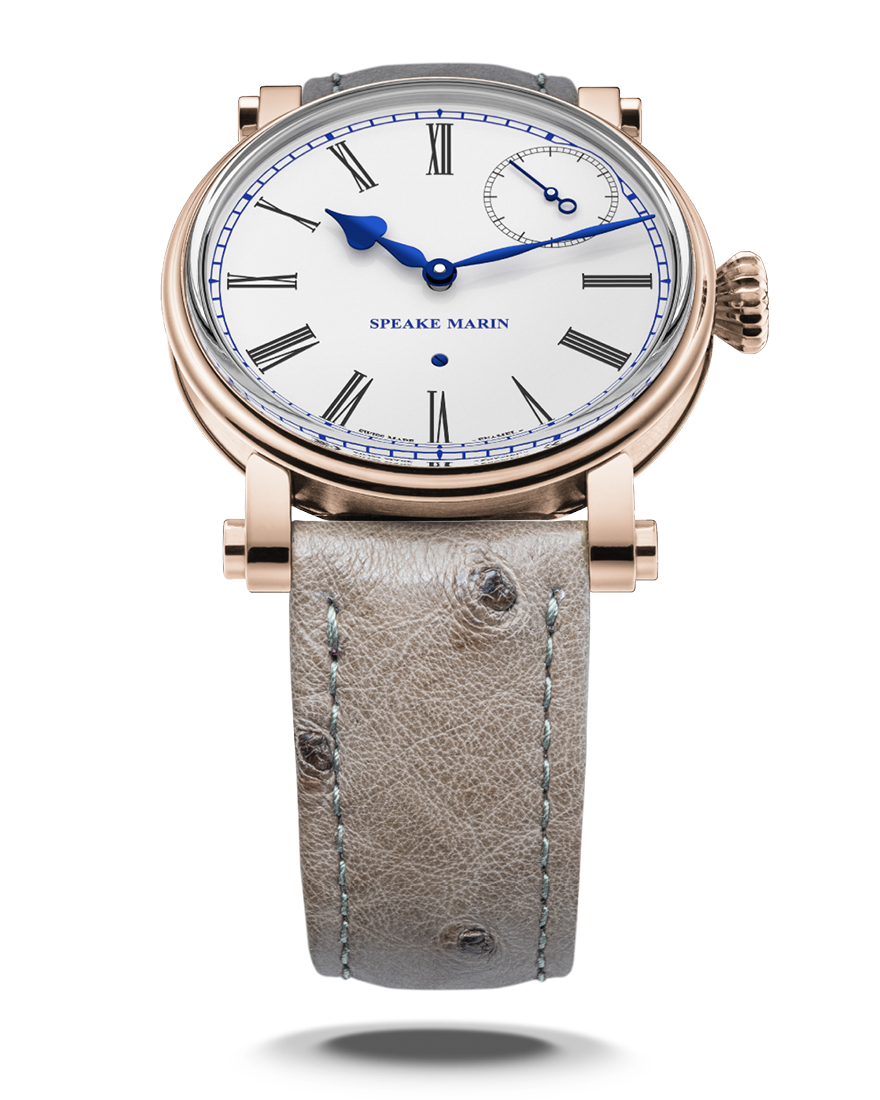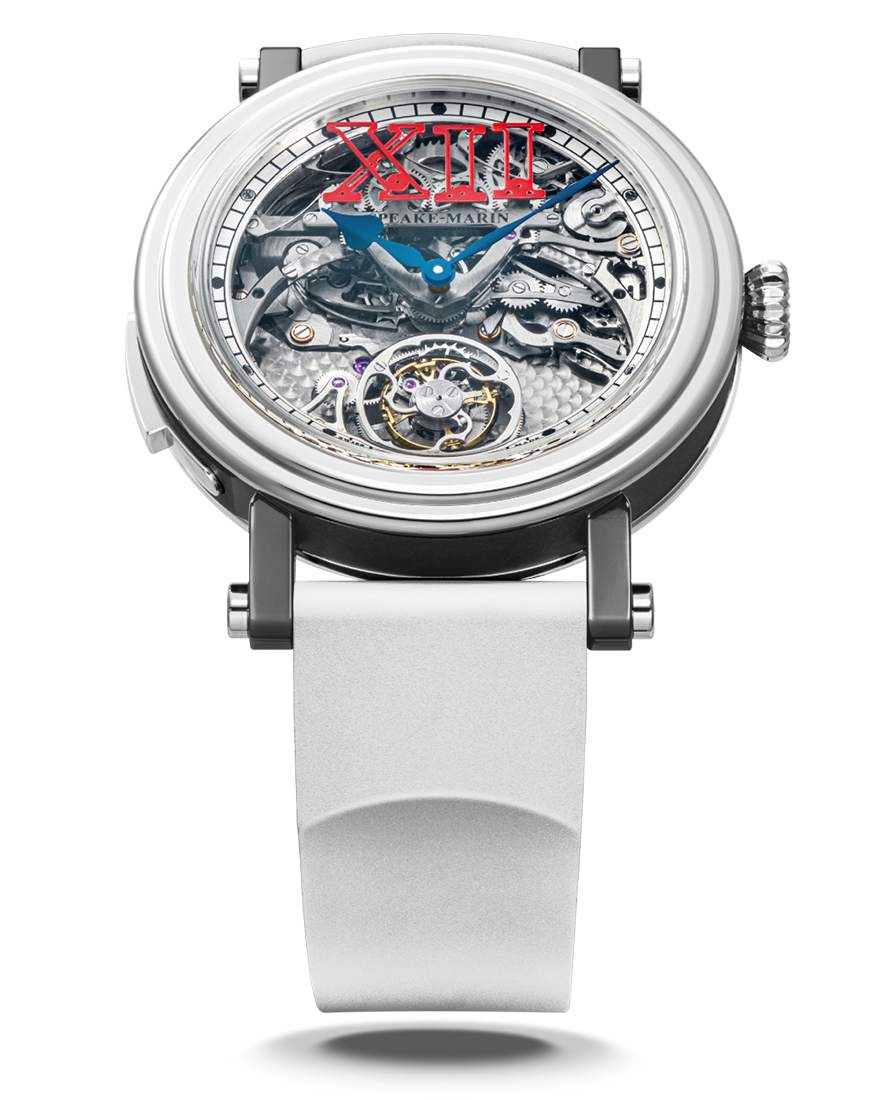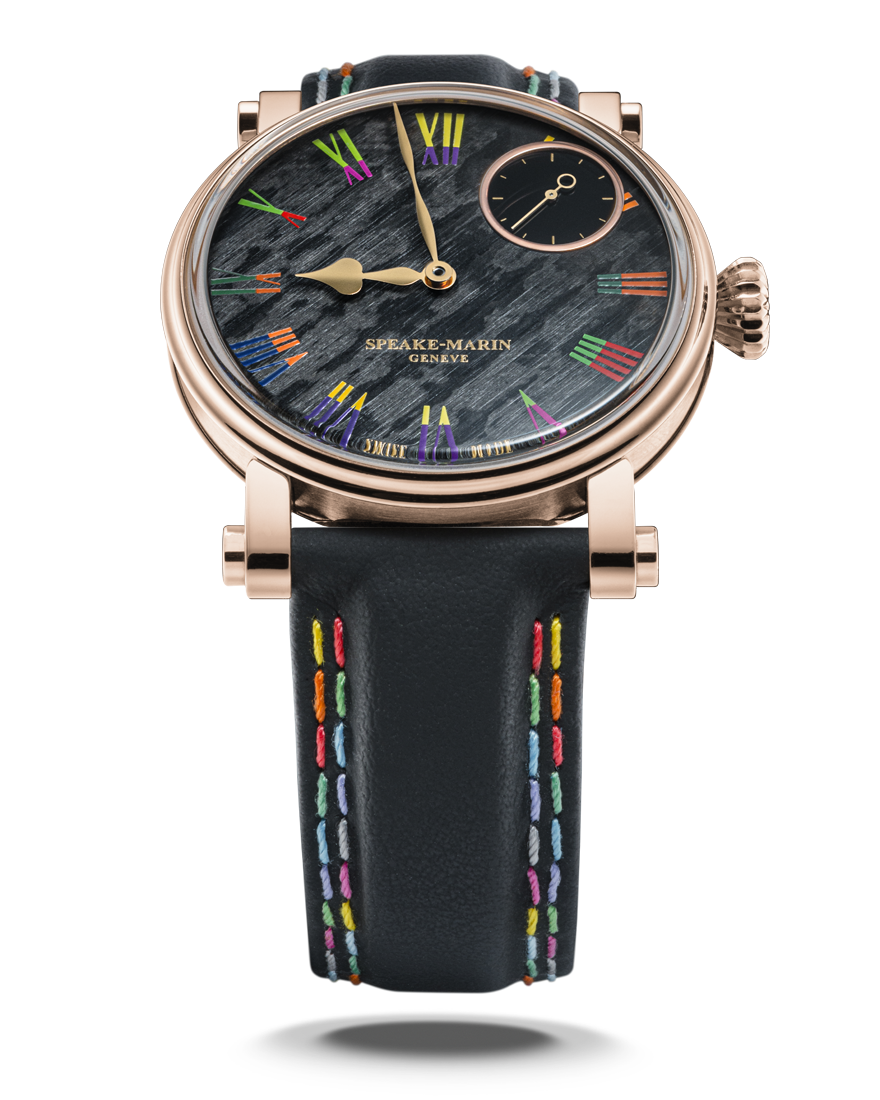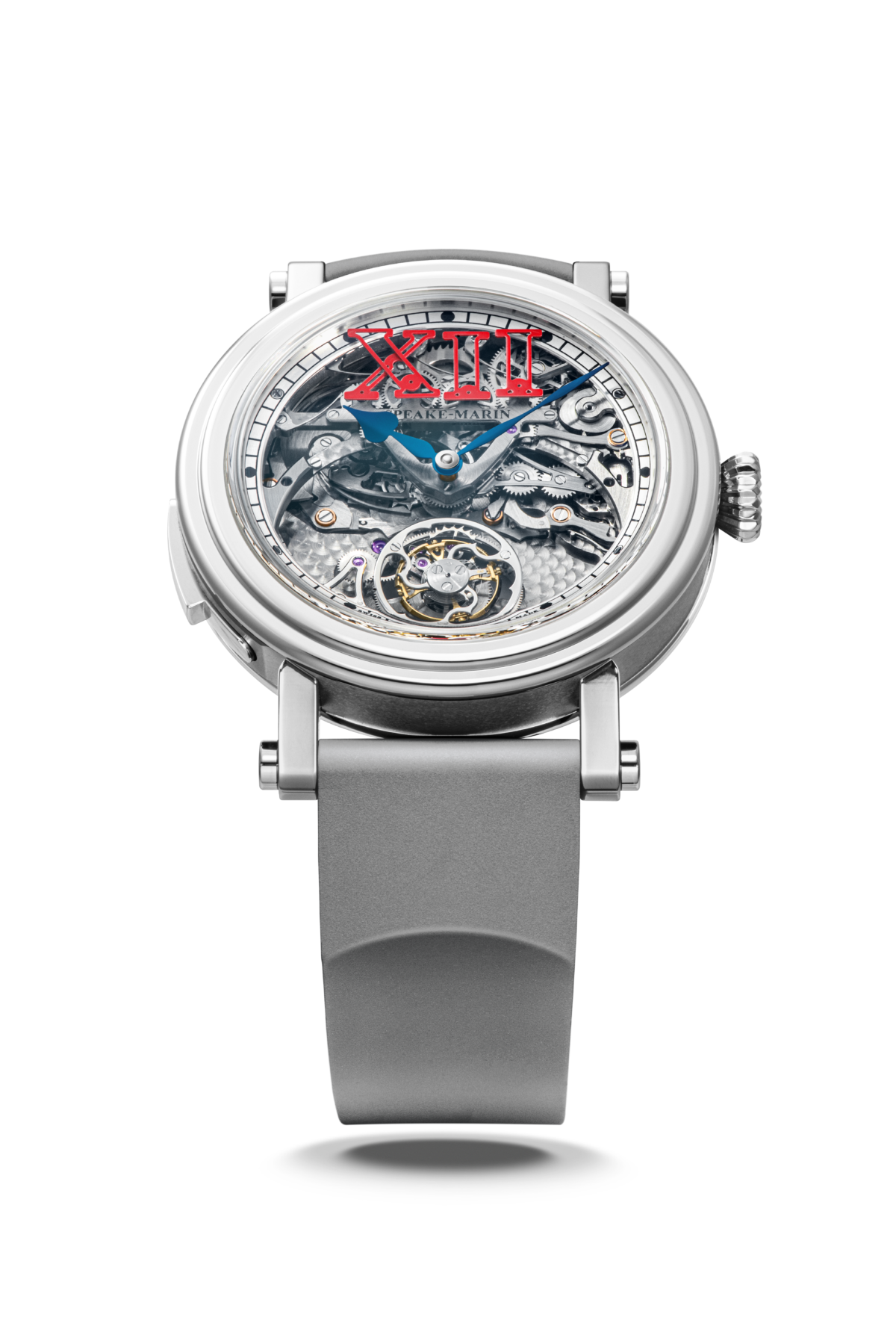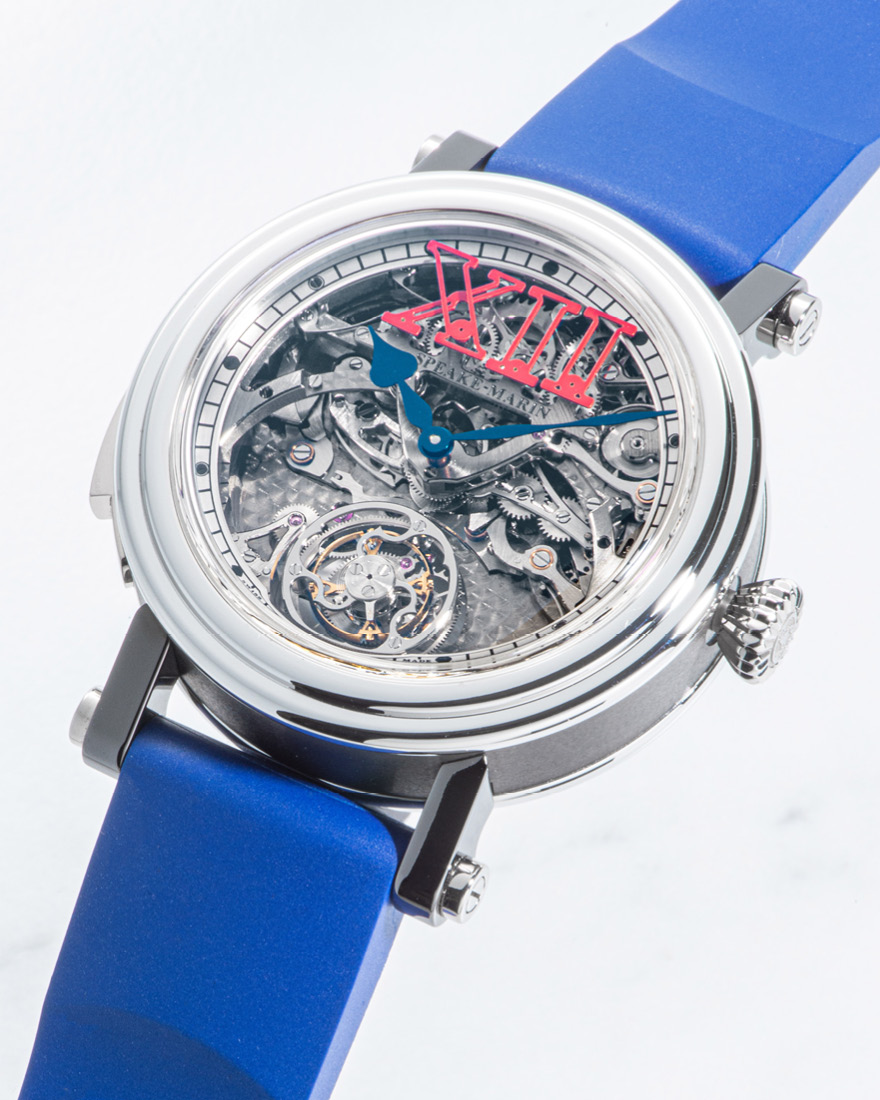
Only a handful of watch brands make in-house, high-end minute repeaters. So few are made that the complication is practically a bespoke item. The striking watch was created for practical, almost humble reasons. It’s original intent was to tell time at night before the days of electricity, when reading a non-chiming clock would involve lighting a lamp or a candle. The first examples of striking watches were “dumb” repeaters, which struck the hours by thuds on the case that could only be detected if the watch was held in your hand. Eventually, a bell was attached to the inner back cover of the watch, where the hammer strikes. At first, repeaters only chimed the hour, but as technology evolved, they also sounded the quarter hour or the half-quarter hour. In the early 19th century, A. L. Breguet and his team of watchmakers designed a watch that would strike the hours, quarters, and minutes, and instead of a bell, a set of coiled wire gongs was introduced to reduce space and provide distinctive tones. This is the basic architecture of repeaters today.

Three hammers are better than two
A regular minute repeater uses two hammers that strike the hour, quarter hour and minutes on demand by activating a pushpiece or a slide. Usually the hours are signaled by a low tone, the quarters are signaled by a sequence of two tones, one high and one low, and the minutes by a high tone. A Carillon minute repeater is fitted with three hammers, one for striking the hours, all three simultaneously for striking the quarters, and one for the minutes. The sound for the quarters is richer and more complex than the usual repeater, like a harmonized a-cappella group instead of a single voice.
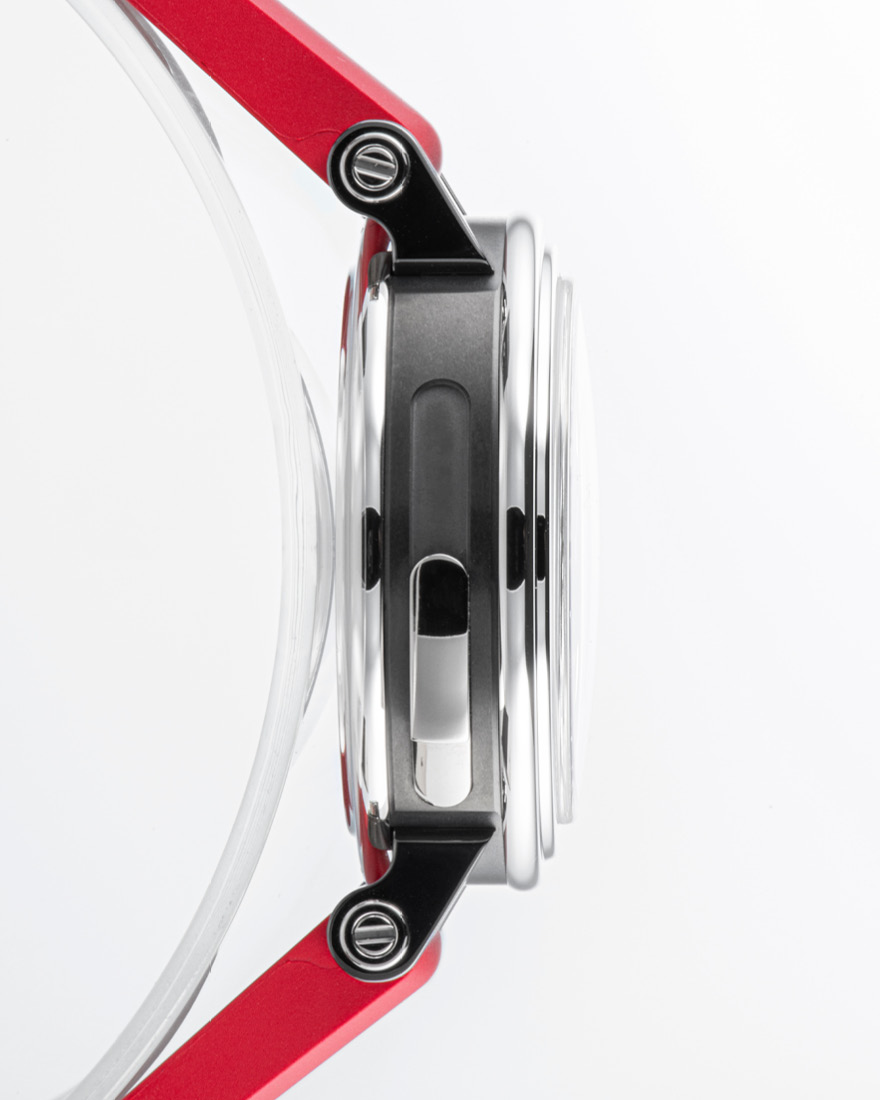
Adjusted for optimum sound
The Speake Marin Minute Repeater Carillon is a prime example of a carillon-type repeater. The sophisticated movement, the 536-component caliber SMAHH-02, is a manual movement developed and assembled at the brand’s atelier, Le Cercle des Horlogers. It is so sophisticated that the striking function can be manually regulated by a watchmaker to optimize the rhythm. This is done by adjusting the extension of the arms (tight low resistance results in fast chiming, and higher resistance creates lower chiming). Speake Marin sets it at 18 seconds for 12H59, which is the perfect rhythm, respecting the resonance of the complication in a dynamic way. To further enhance the sound, the brand’s signature Piccadilly case is made of sapphire, with a stepped platinum bezel, titanium case sides and a caseback made either entirely in sapphire or in platinum with a sapphire glass. It’s a combination that Speake Marin watchmakers have determined to deliver the best possible acoustics.
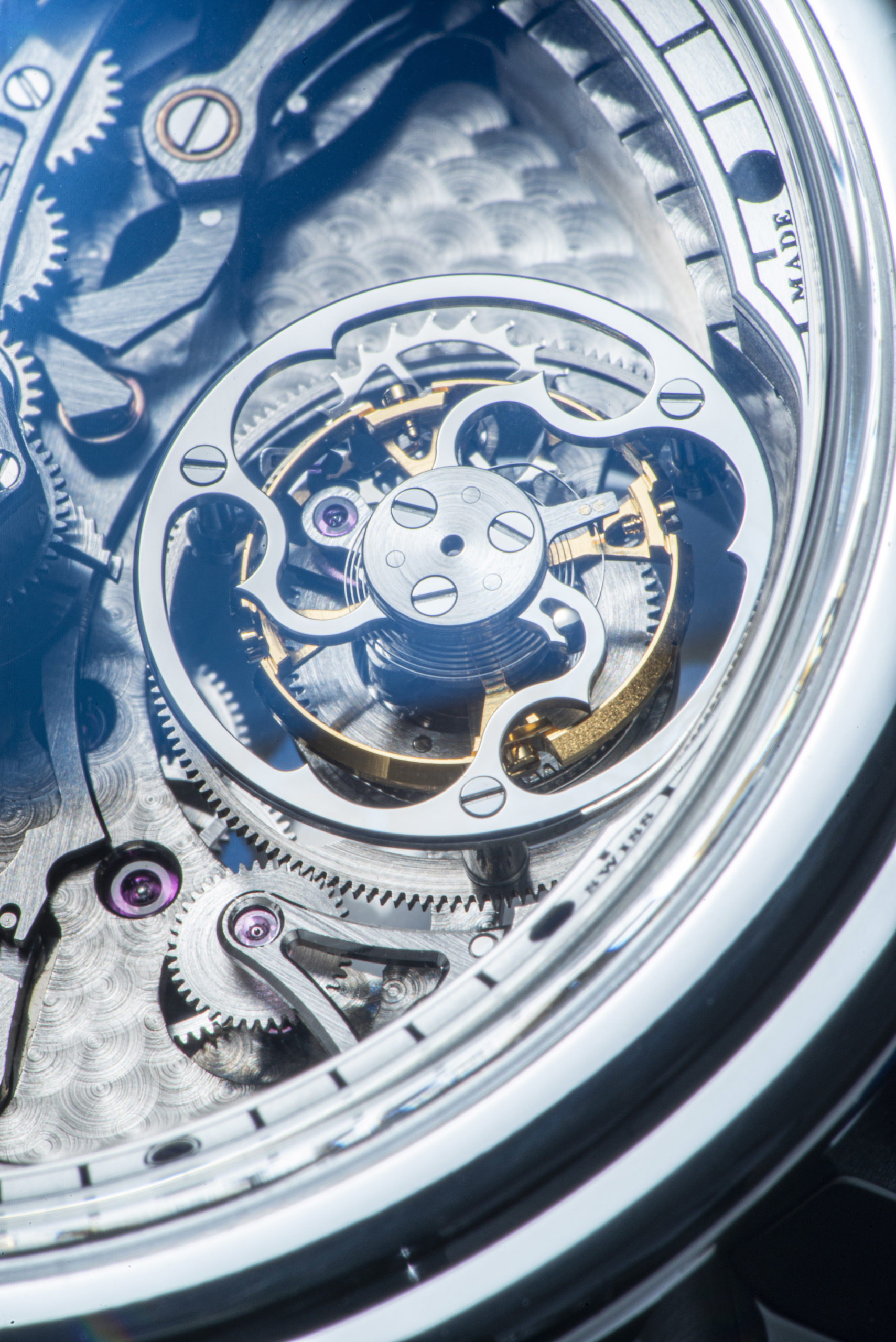
A flying tourbillon adds to the spectacle
The Minute Repeater Carillon includes a 60-second flying tourbillon escapement, visible at 6 o’clock where it balances the action of the minute repeater mechanism, which you can see on the open dial at 12 o’clock. The upper bridge of the tourbillon cage is designed in the brand’s signature topping tool motif, adding to the drama, and to complete the theatrical display, there’s an automaton. When the minute repeater is activated, the Roman numerals at 12 o’clock come alive, collapsing slightly and then reassembling during chiming. You can see the tiny pivots at the base of the XII letters that allow this to happen. The automaton motion does not impact the timekeeping because the energy is delivered by a separate spring. This leaves enough power reserve for the watch to chime the time on demand up to three times per minute. Altogether, the watch has a remarkable 72-hour power reserve.
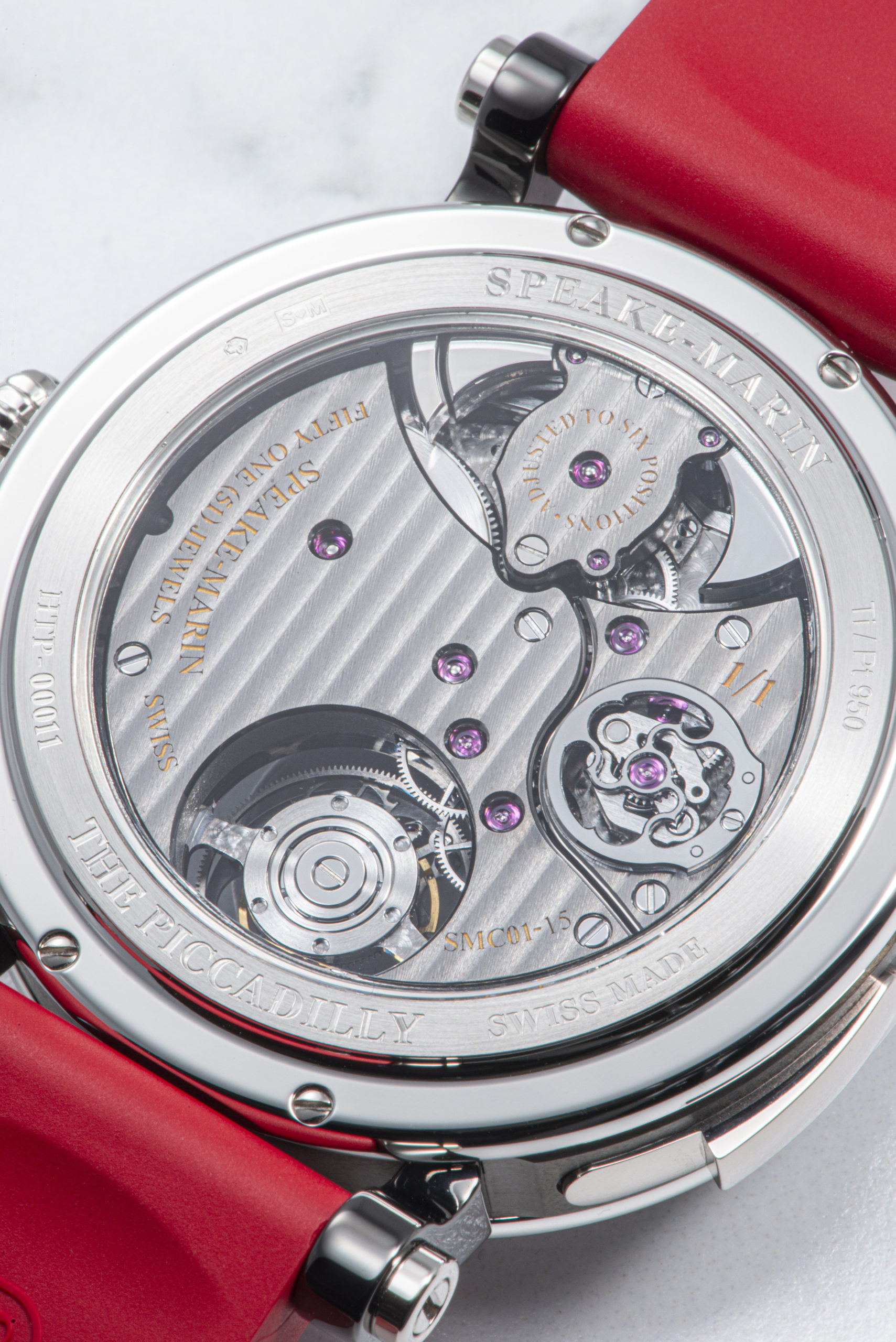
As you would expect, every surface is finished to high-watchmaking standards. The hammers, tourbillon cage, minute repeater regulator bridge and steel components such as screw heads are black polished by hand, one of the most difficult finishes to execute in watchmaking. The bridges are decorated with côtes de Geneve stripes, and hand beveled at a tight, 45° angle. The gears are given a circular satin finish, and the movement components a vertical satin finish. The main plate is circular grained by hand.
We have come a long way from the days when a minute repeater was necessary to read the time in the dark, but the modern, enhanced striking watch has a value of its own, as an extraordinary work of horological micro-mechanics – it is truly the ultimate complication.

